GPCR/G protein

All GPCRs share a common seven trans-membrane structure. GPCRs are associated with heterotrimeric G-proteins which are GTP-binding proteins made of alpha, beta, and gamma subunits. When a ligand binds to GPCR, it activates the attached G-protein, the GDP is replaced with GTP. The activated G-protein then dissociates into an alpha and a beta-gamma complex which activates downstream signaling pathways. These intracellular signaling pathways include cAMP/PKA, calcium/NFAT, phospholipase C, protein tyrosine kinases, MAP kinases, PI-3-kinase, nitric oxide/cGMP, Rho, and JAK/STAT.
GPCRs are one of the most important therapeutic targets for various diseases, over 30% of all modern medicinal drugs target this family. Aberrant GPCR functions are involved in pathological conditions such as neurological, immunological and hormonal disorders. A large number of GPCRs have been identified, but whose ligands are not known, are classified as orphan receptors.
-
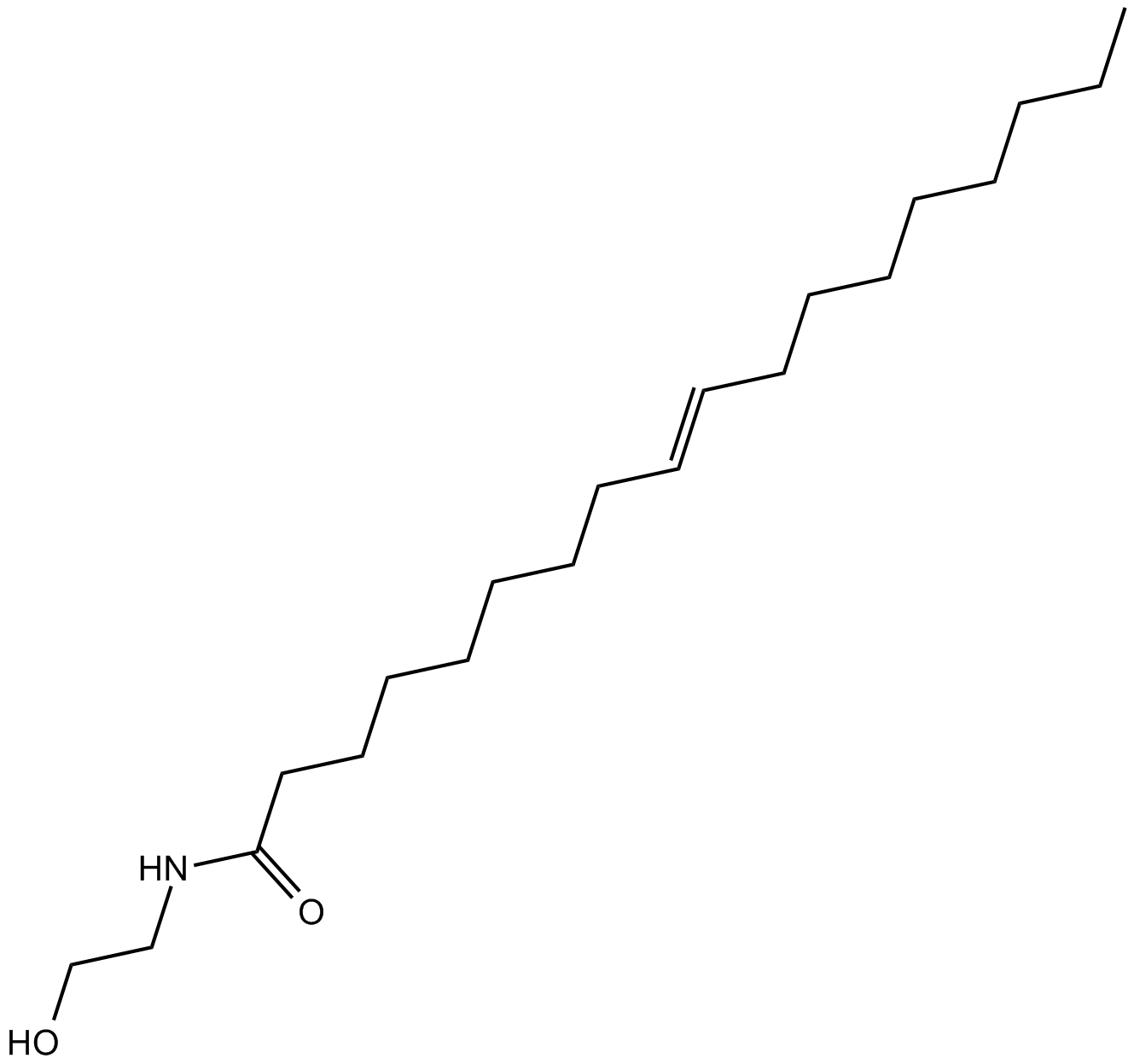 B6758 OleylethanolamideSummary: PPAR-α agonist
B6758 OleylethanolamideSummary: PPAR-α agonist -
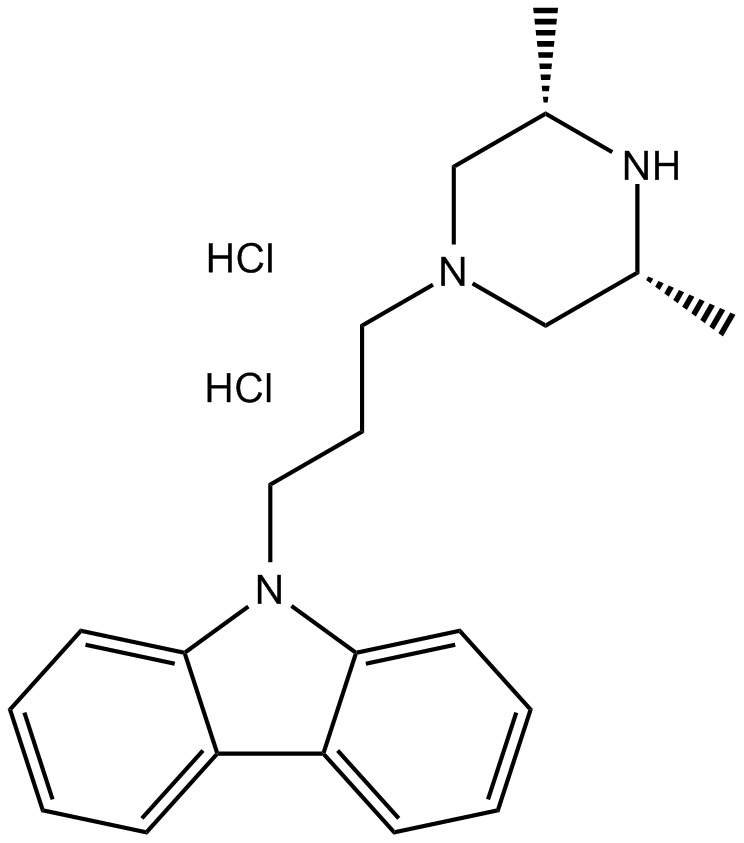 B6765 Rimcazole dihydrochlorideTarget: Sigma ReceptorsSummary: σ receptors antagonist
B6765 Rimcazole dihydrochlorideTarget: Sigma ReceptorsSummary: σ receptors antagonist -
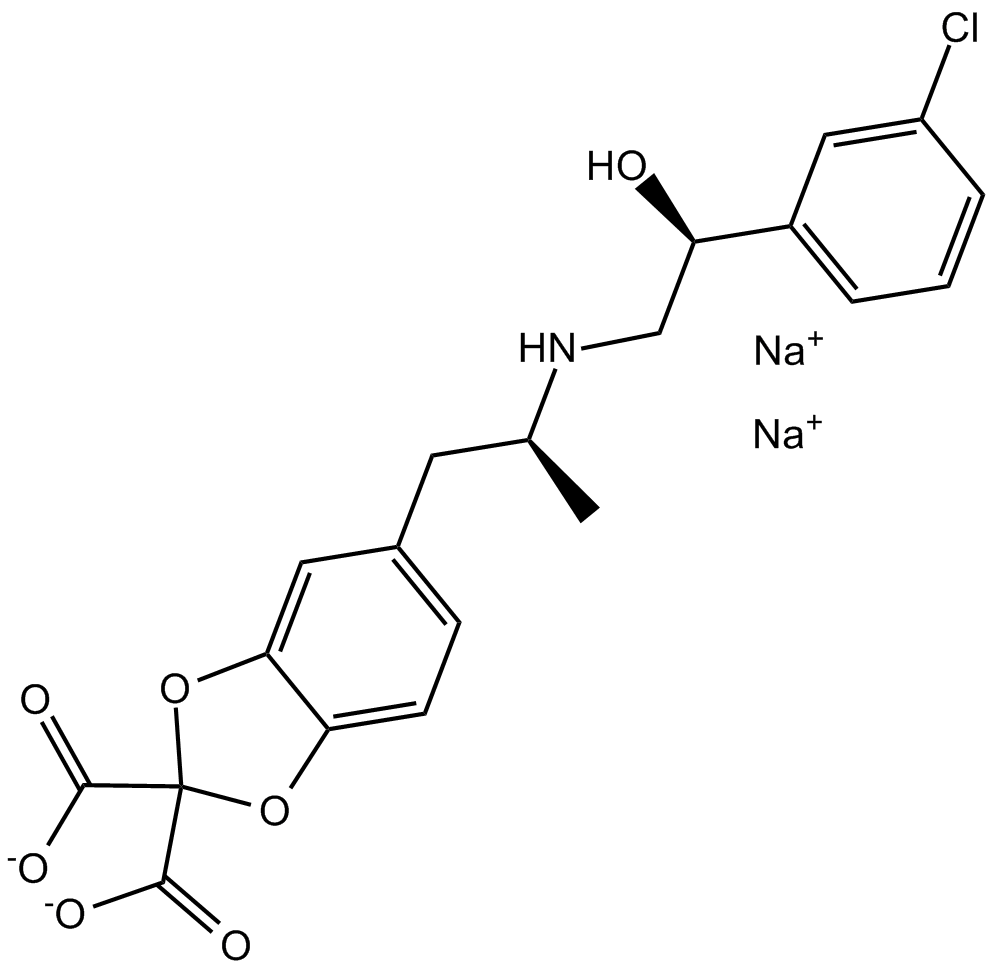 B6766 CL 316243 disodium saltSummary: murine-selective β3 adrenoceptor agonist
B6766 CL 316243 disodium saltSummary: murine-selective β3 adrenoceptor agonist -
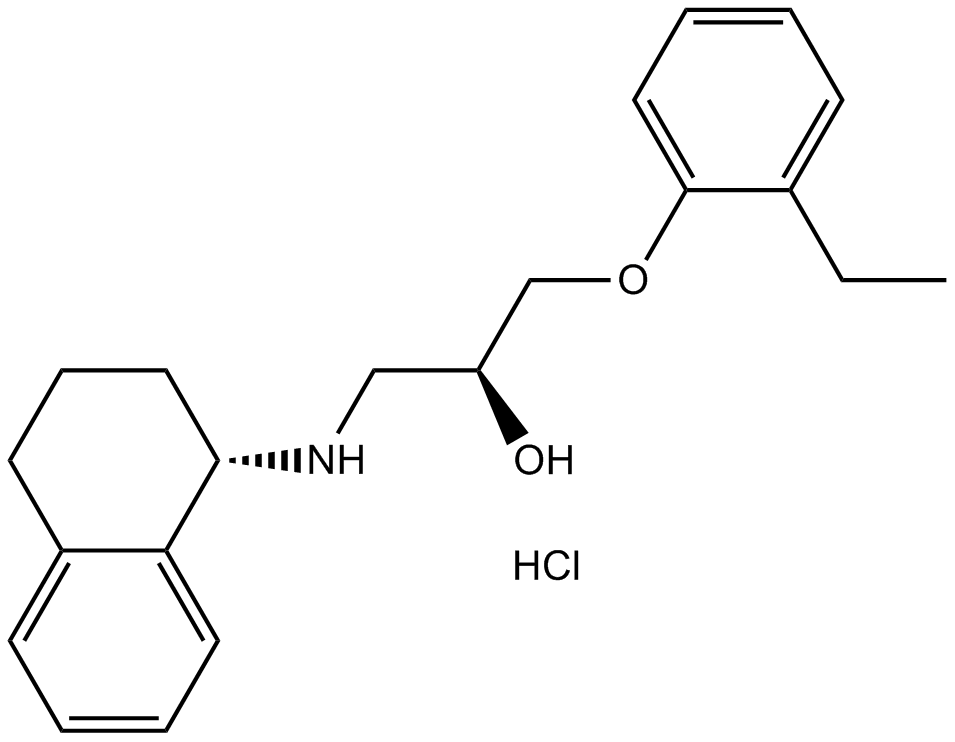 B6769 SR 59230A hydrochlorideSummary: A potent, selective β3 adrenoceptor antagonist
B6769 SR 59230A hydrochlorideSummary: A potent, selective β3 adrenoceptor antagonist -
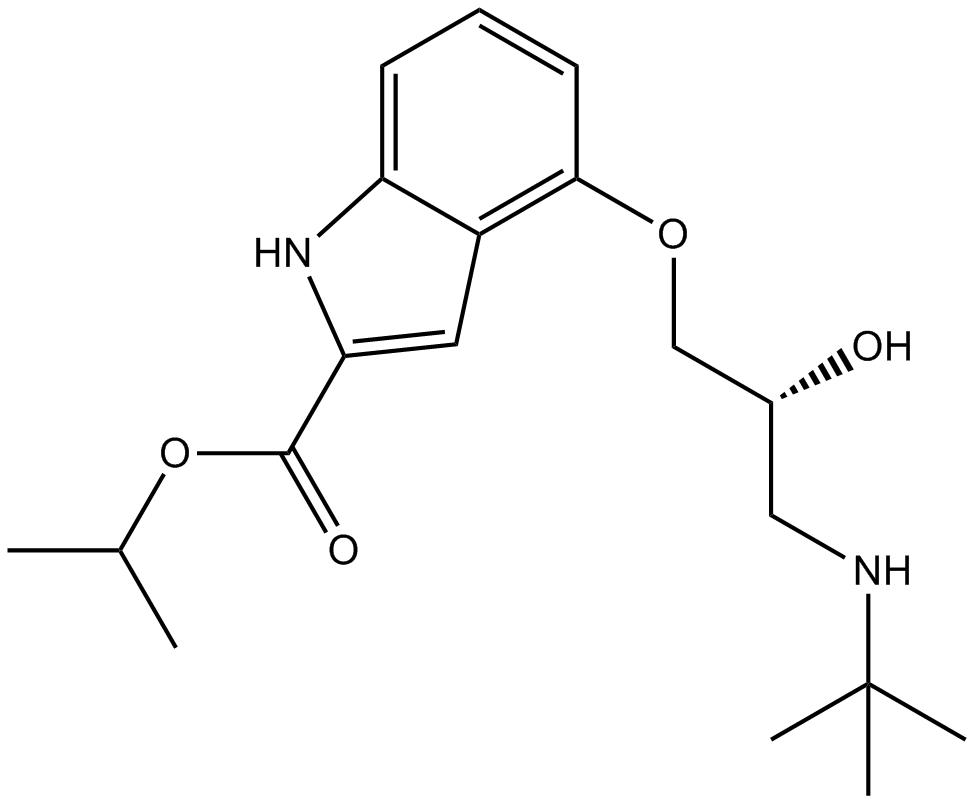 B6773 SDZ 21009Summary: β-adrenoceptor and 5-HT1A/1B receptor antagonist
B6773 SDZ 21009Summary: β-adrenoceptor and 5-HT1A/1B receptor antagonist -
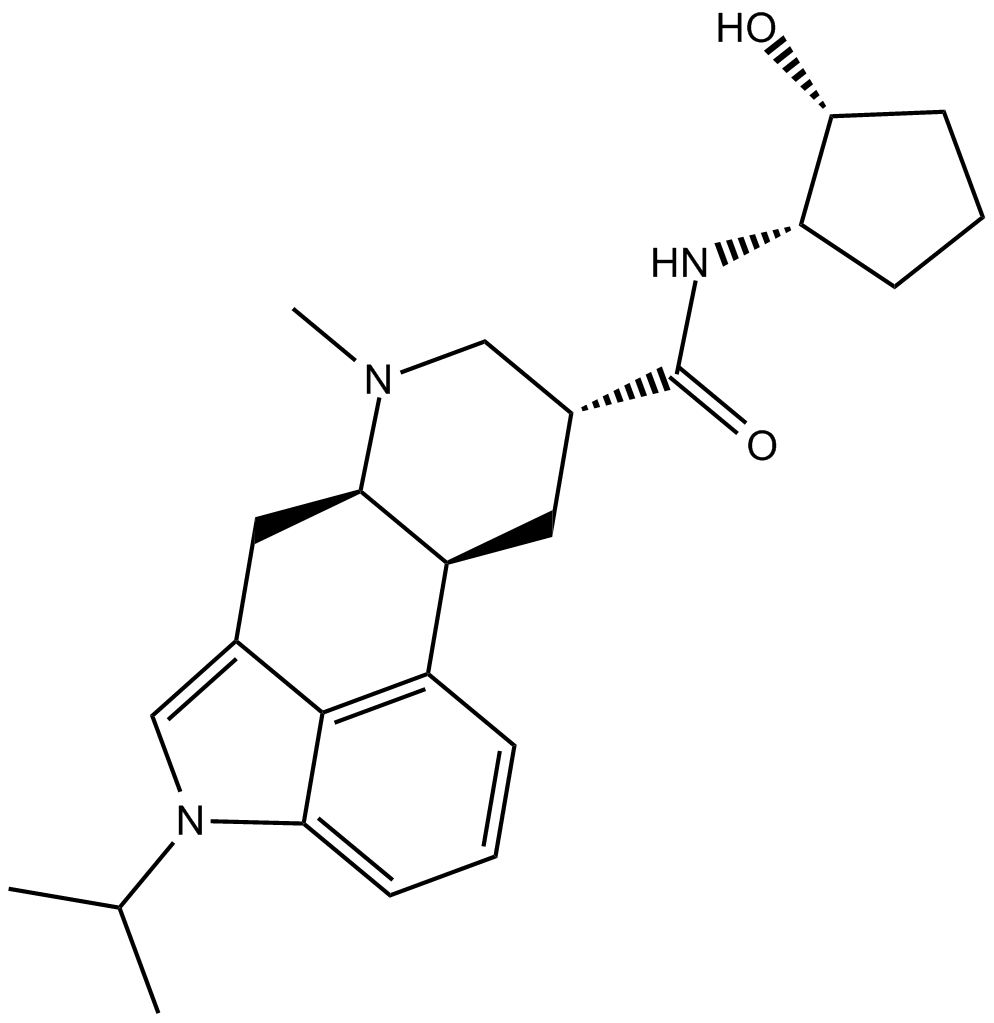 B6776 LY 215840Summary: 5-HT2/5-HT7 receptor antagonist
B6776 LY 215840Summary: 5-HT2/5-HT7 receptor antagonist -
 B6794 HEMADOSummary: adenosine A3 receptor agonist
B6794 HEMADOSummary: adenosine A3 receptor agonist -
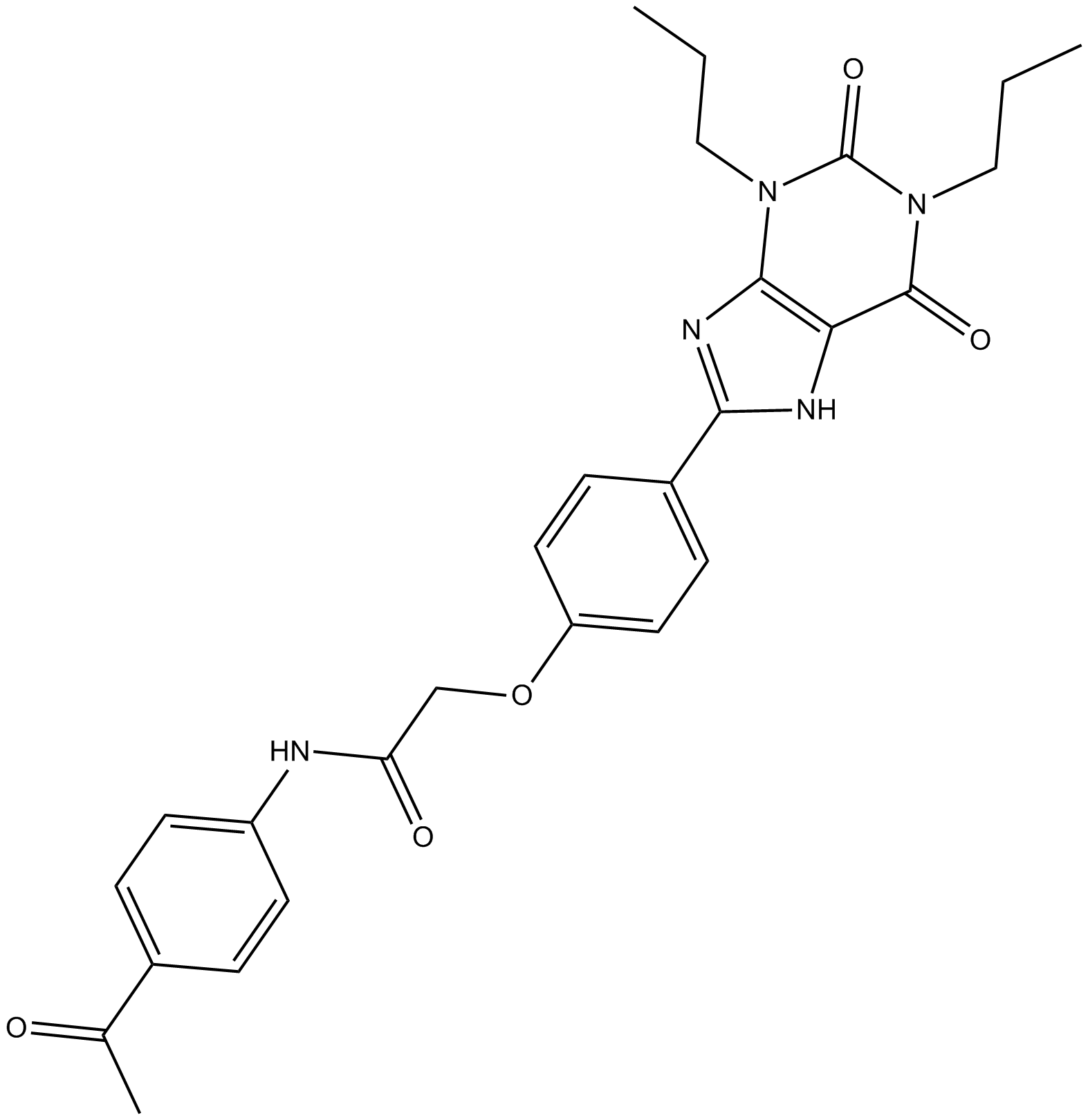 B6796 MRS 1706Summary: adenosine A2B receptor inverse agonist
B6796 MRS 1706Summary: adenosine A2B receptor inverse agonist -
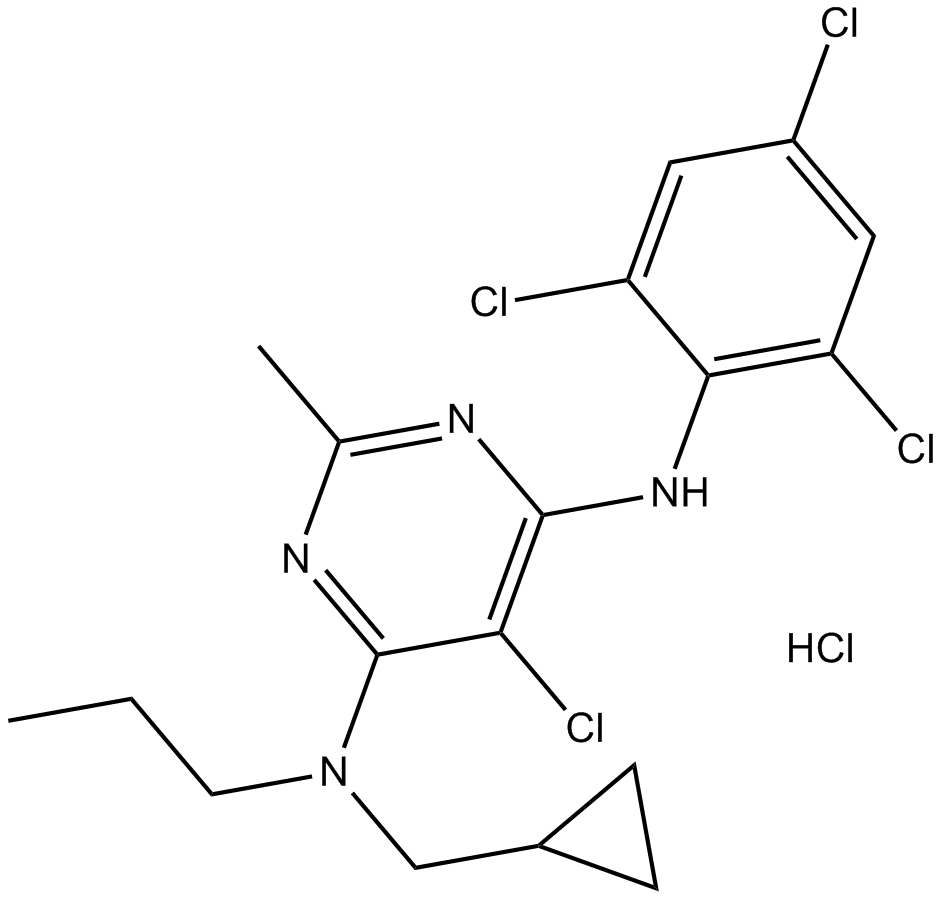 B6800 NBI 27914 hydrochlorideSummary: corticotropin-releasing factor1 (CRF1) receptor antagonist
B6800 NBI 27914 hydrochlorideSummary: corticotropin-releasing factor1 (CRF1) receptor antagonist -
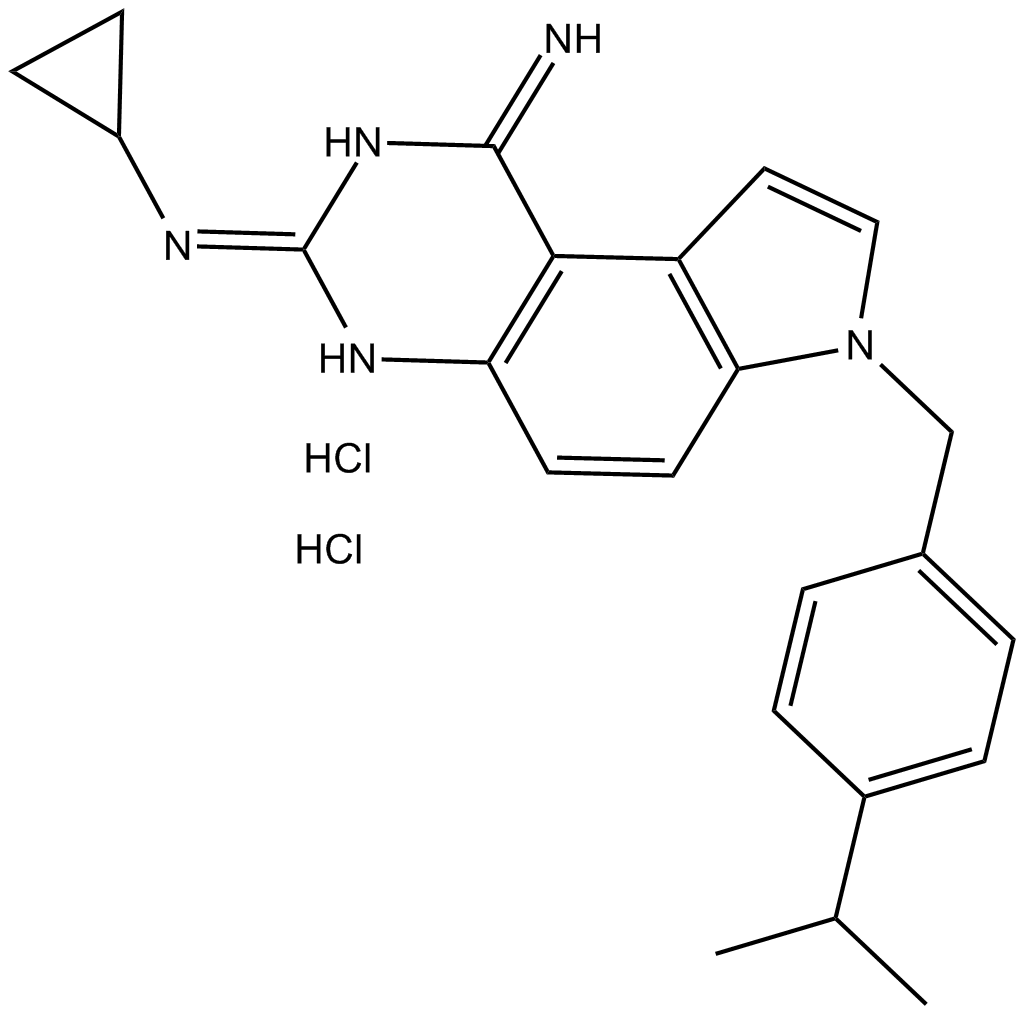 B6801 SCH 79797 dihydrochlorideTarget: PARsSummary: PAR1 receptor antagonist
B6801 SCH 79797 dihydrochlorideTarget: PARsSummary: PAR1 receptor antagonist

